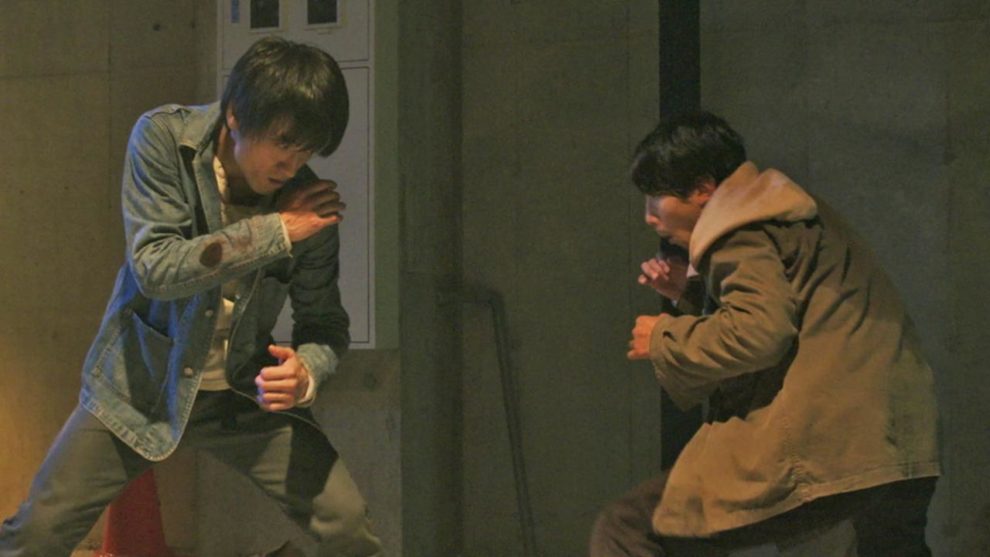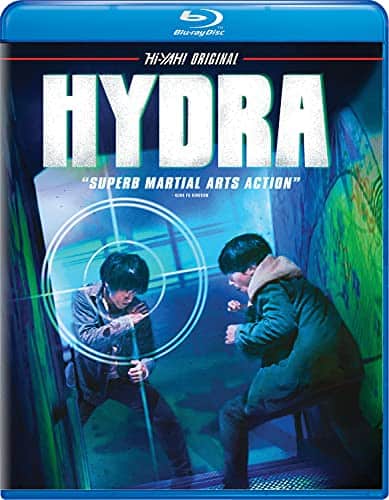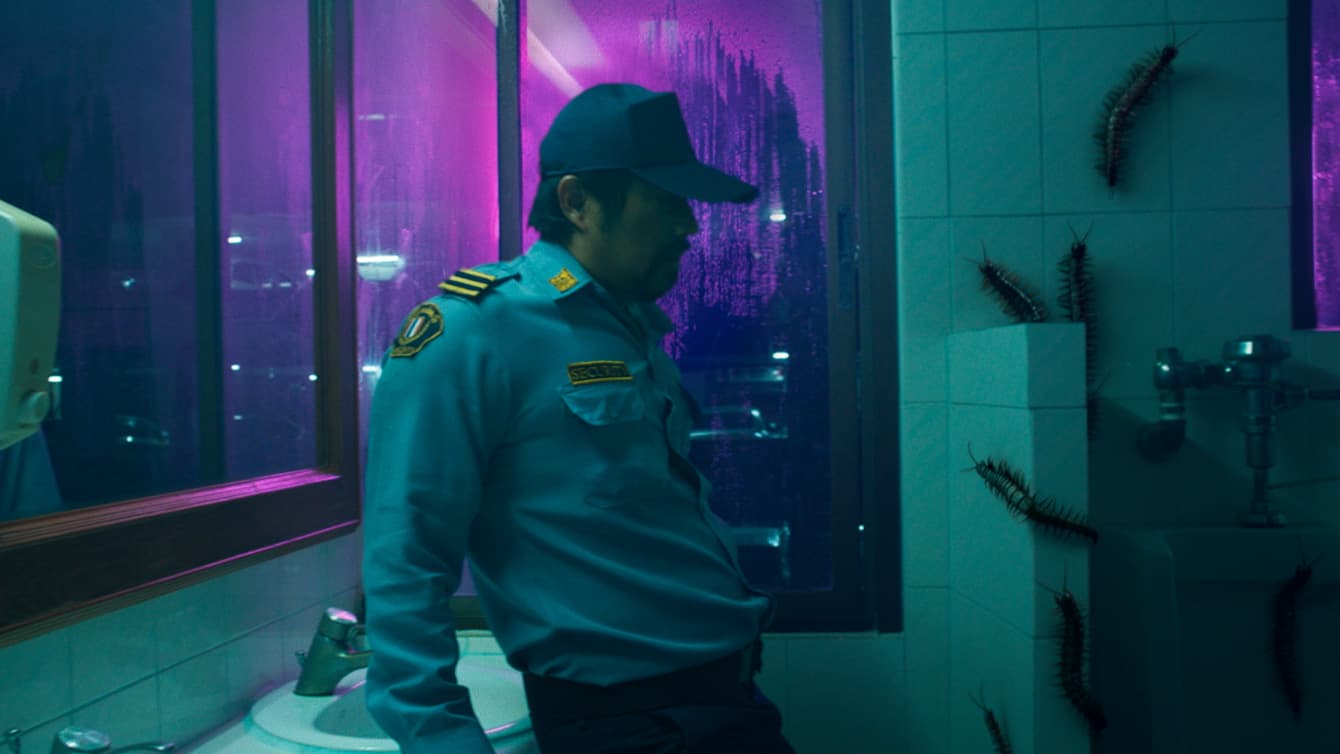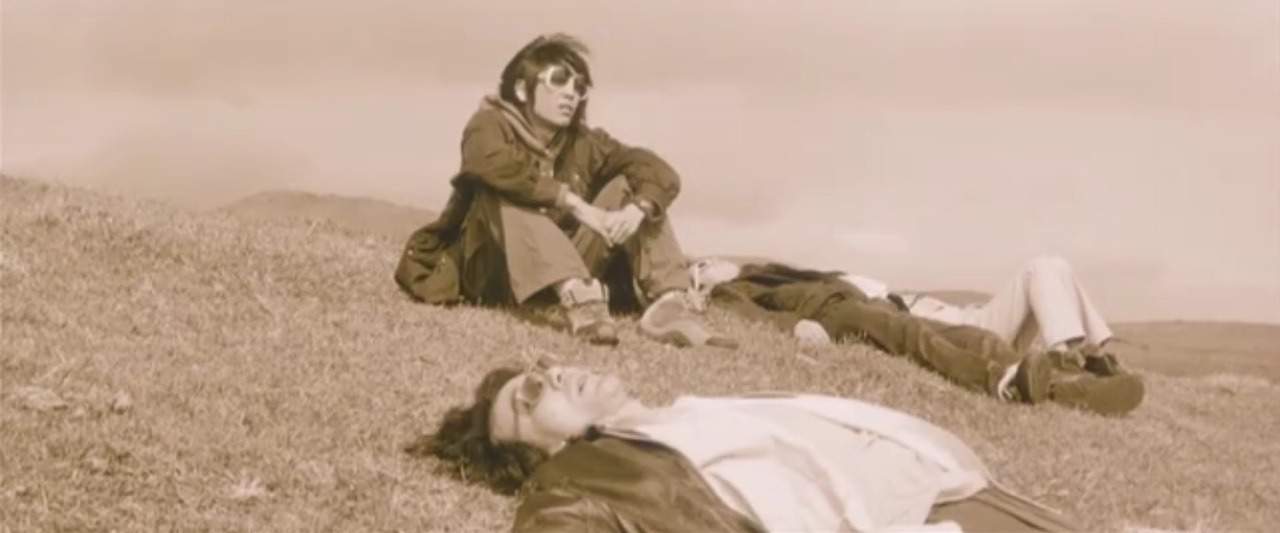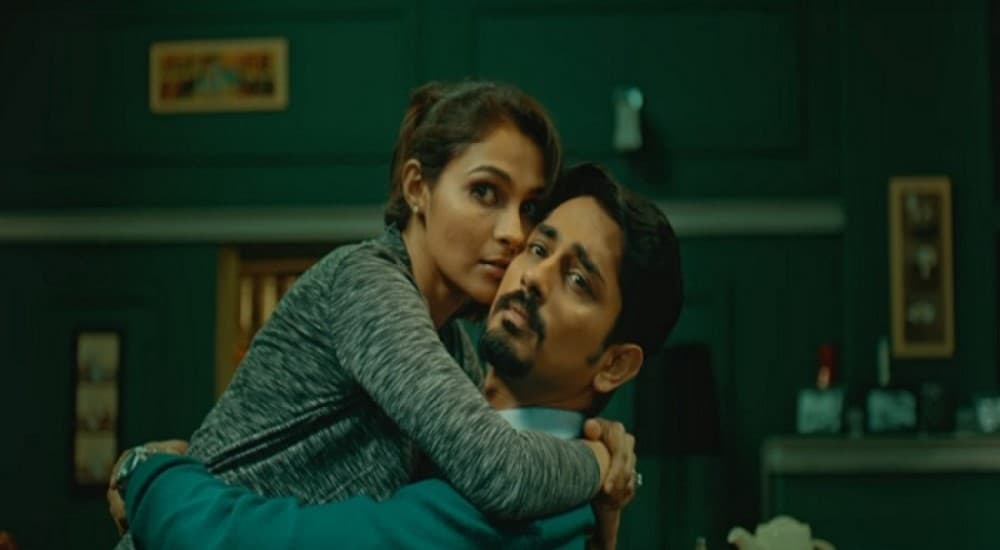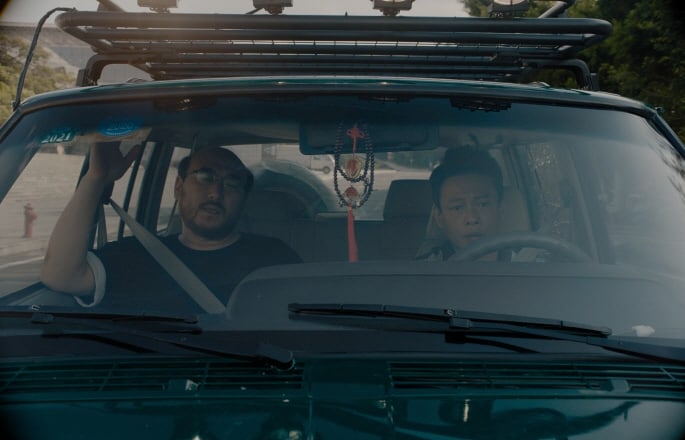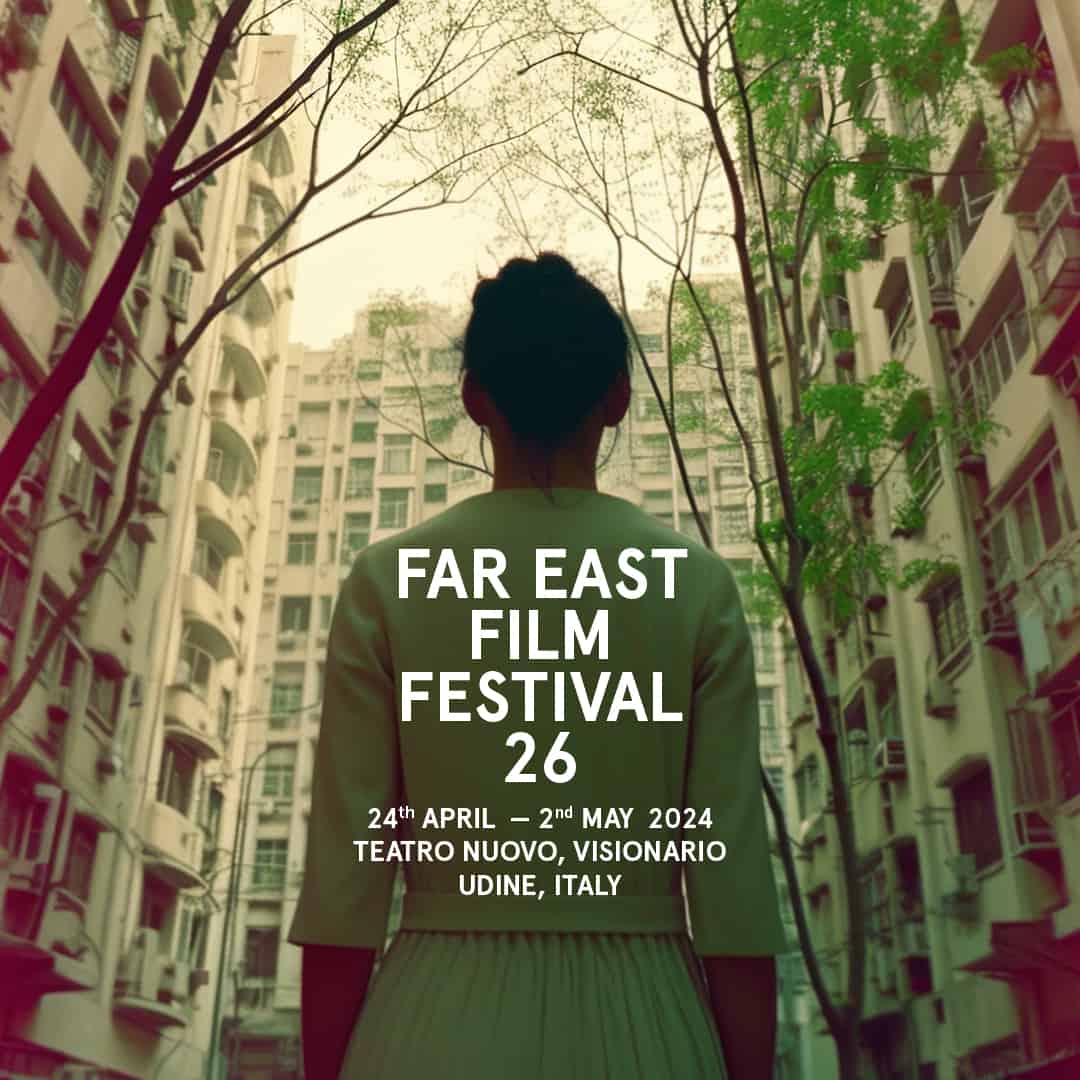Despite the abundance of samurai films, Japan is not exactly famous for its martial arts movies, since the genre is not particularly popular in the country. Occasionally, though, such films do come out, with “Re:Born” and “Crazy Samurai Musashi” being among the most notable. Action choreographer turned director Kensuke Shinomura, presents one of the latest.
Buy This Title
After her father has disappeared mysteriously, Rina is left with running his bar, “Hydra”, with Kenta, a waiter whom the female customers seem to like particularly, and Takashi, a mysterious middle-aged chef, who very rarely even speaks. Soon, however, both his connection to Rina's past and to an organization of assassins is revealed, as Takashi has to undertake one last mission. Inevitably, Rina also gets entangled in the case.
After a brutal introduction and an atmosphere filled with 80's aesthetics, “Hydra” changes pace completely, with the bar and the everyday life of the people running it taking center stage. The style here has very little to do with action, instead focusing on a kind of subtle romantic drama, which is only interrupted by the presence of Takashi, who obvious has something different going on for him, and of a rather lecherous client, who is soon revealed to be something completely different that the kind middle-aged man he appears to be. This sense that something bad is definitely going to happen and the delightful presence of Miu in the role of Rina are the elements that save this part, which emerges as a bit too long and tame for the overall style of the movie, even if some flashbacks of Takashi's life tone this element down..
As soon as the action starts, however, “Hydra” becomes a whole other animal (pun intended). Benefitting the most by Masanori Mimoto's skills as Takashi, and Naohiro Kawamoto as the ultimate villain, with the two of them also putting their signature in the credits for action choreography along Sonomura, the result is two truly magnificent battles. Japanese martial arts movies usually focus on speed (as in “Rurouni Kenshin” for example) but besides the pace here, which remains uncanny, there is also a level of brutality and despair that deems the action scenes equal to the ones of “The Raid”. Particularly when the knives are put away and the fight becomes hand-to-hand, mostly on the floor, the result is as violent as it is majestic, with the upper hand (literally) changing almost with every move. This aspect is additionally intensified by the fact that the opponents seem very close in skill level, which makes the fight even more agonizing. At the same time, both Yasuyuki Suzuki's cinematography and Sonomura's own editing find their apogee here, with the overall presentation of the fights being flawless in all aspects.
Truth be told, outside of the intro, the two action scenes and the ending, “Hydra” does not have much going on. However, the intricate brutal style of the two is so appealing, that deems the whole movie a rather entertaining spectacle, even more so since at 77 minutes, it definitely does not overextend its welcome.


